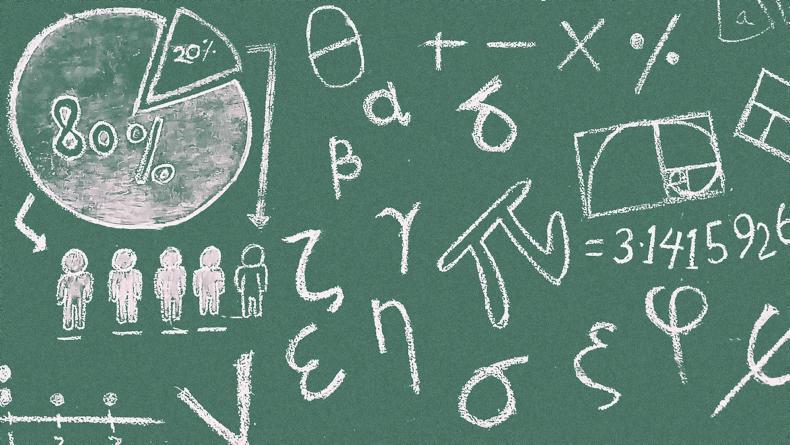Maths paper two focuses on the strands of probability and statistics, as well as geometry and trigonometry; two areas that have seen lots of change under the Project Maths reforms. However, with some tips and tricks, you can make sure you get the highest-possible grade.
Know your tables
In paper two, in particular, you will depend a lot on the formulas in your log tables. Knowing where to look for statistics formulas and being able to differentiate between the different statistical tests can save you lots of time in the exam, and help you be sure that you’re on the right track.
If you haven’t done so yet, take some time out and have a look through the important pages and formulas – memorise which pages you’d use for different questions. Be sure that you’re familiar with and careful when you’re using the Z-tables for statistics, as with lots of numbers on the one page it’s very easy to make a small blunder.
In the exam, if you’re stuck, the formulas in your tables can often be a source of inspiration for how to answer or at least attempt a tricky question, so being familiar with them is key.
Know your calculator
Your calculator and maths set are the most important pieces of equipment for maths. I would suggest bringing two of each into the exam hall, as you never know what will happen on the day. Ensure that you have an in-depth knowledge of how to use all the relevant functions on your calculator. Your teacher will probably show you them, but if not there are many useful online videos for all calculators to show you how to use them effectively.
By being adept in using your calculator, you are saving valuable time in the exam. In aper two you rely on your calculator a lot and it very often has some time-saving functions, for instance being able to calculate standard deviation. Knowing whatever calculator you have, means you can save time in what can be a time-pressured exam.
Read every question carefully
In paper two especially, you tend to have to make a jump from the words of the question to the maths you have to write down. In the heat of the exam it can be very easy to rush into questions, without understanding what exactly it is they want you to answer. Bring a highlighter with you and underline all of the key parts of a question before putting pen to paper. It can very often be useful to read a question and think: ‘What should my answer look like at the end?’, this way you’ll keep yourself on the right track as you work through it.
The above advice is courtesy of study website Studyclix. Irish Country Living has teamed up with studyclix.ie to offer last-minute help to Leaving Cert students the night before their exams.






 This is a subscriber-only article
This is a subscriber-only article






SHARING OPTIONS: